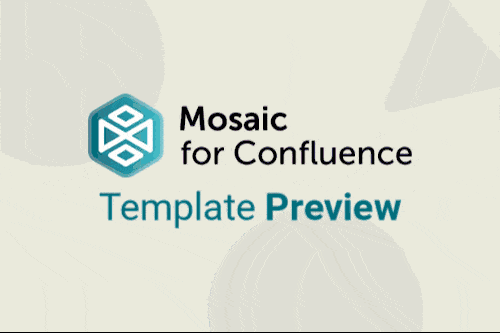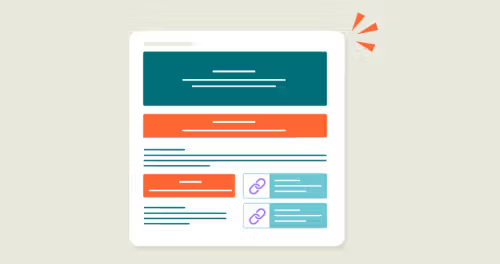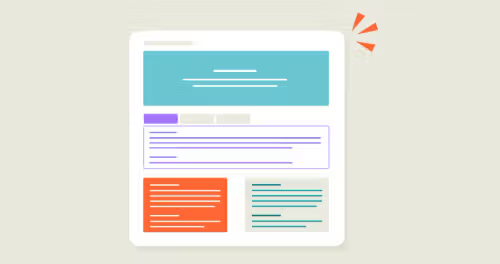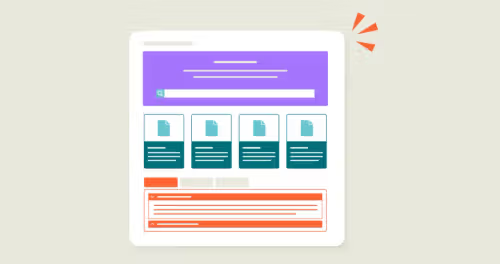Approved messaging examples
Approved messaging examples act as templates or inspiration for emails, social posts, website copy, or sales pitches. They help keep everyone on the same page while still allowing room for creativity, ensuring your brand voice stays consistent and compelling across all channels.
Advanced Cards are a great way to highlight these, so they don’t get missed.


















